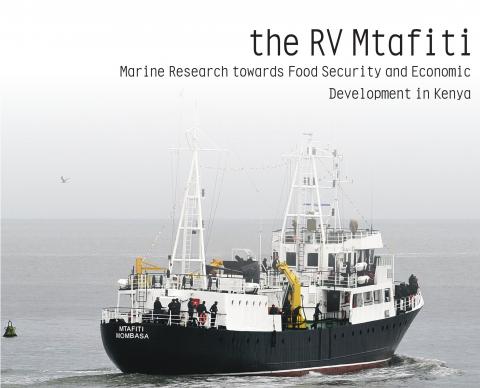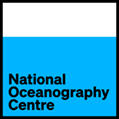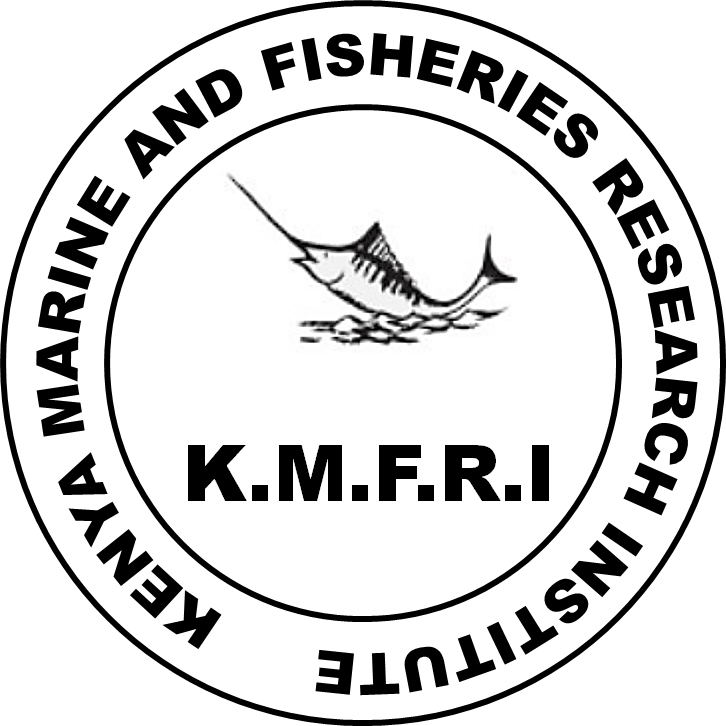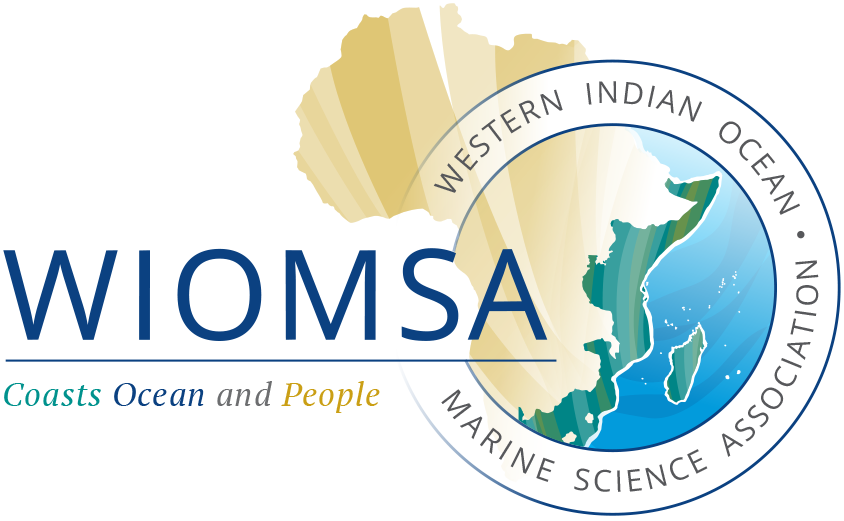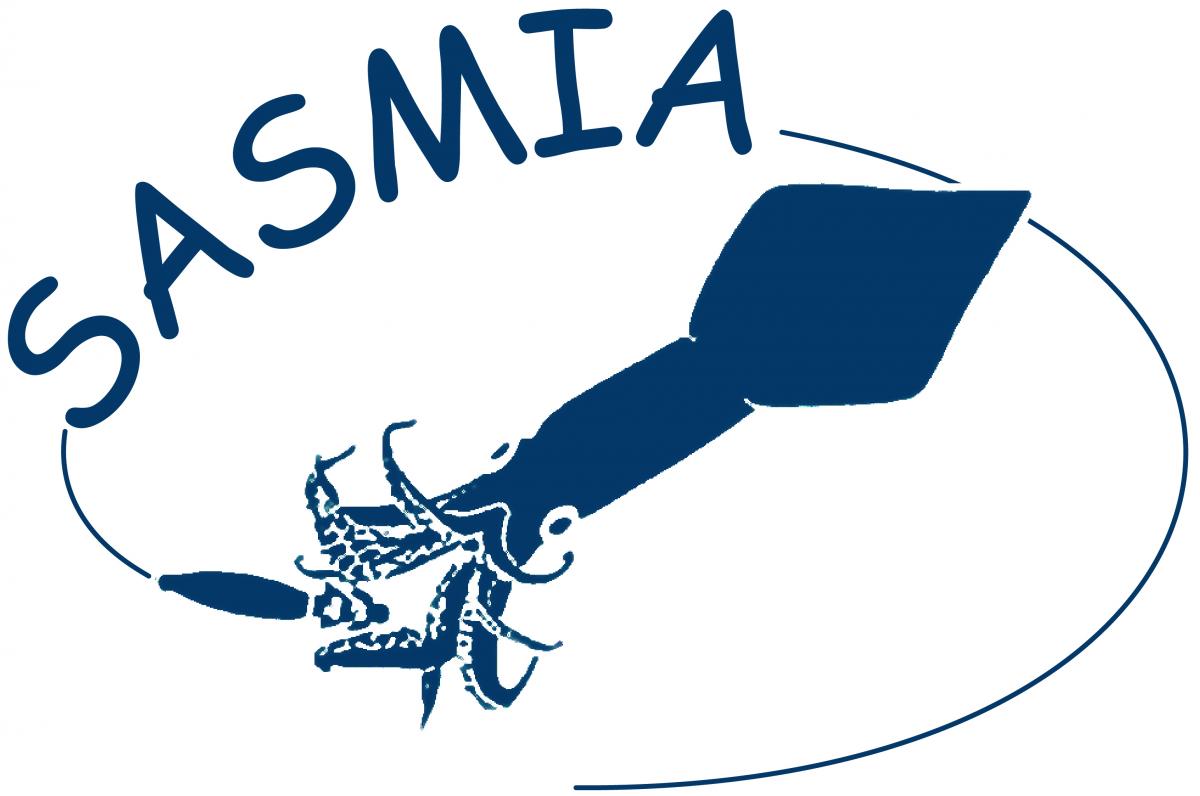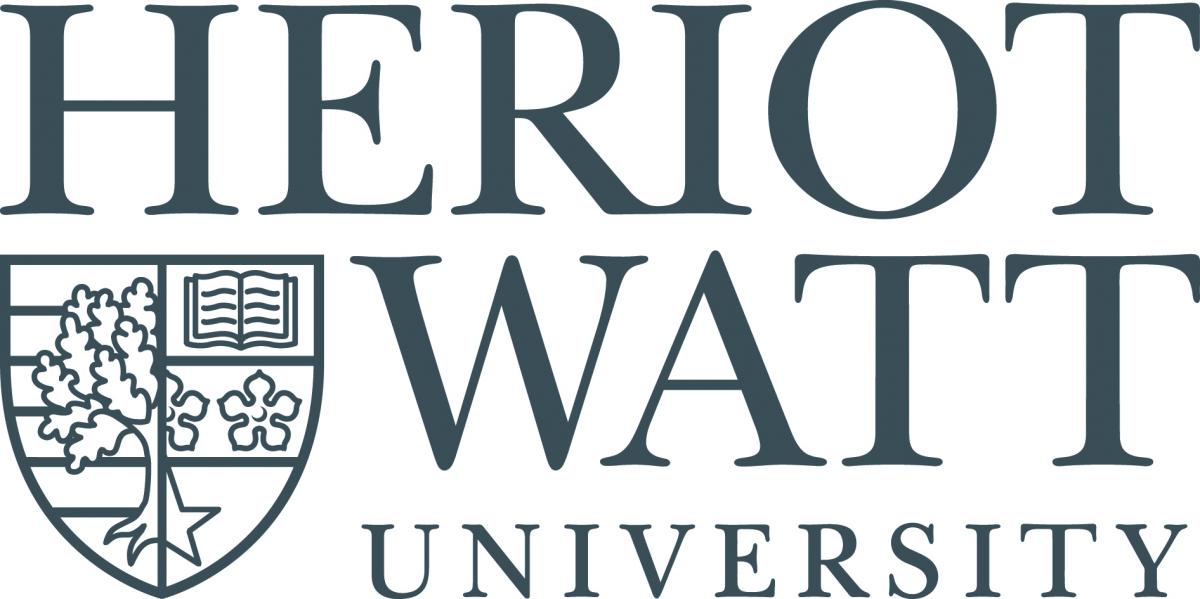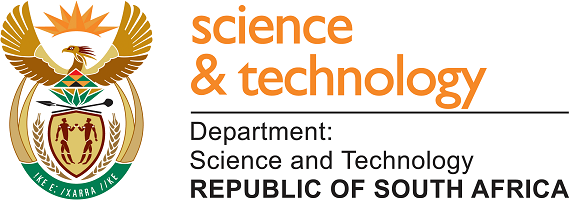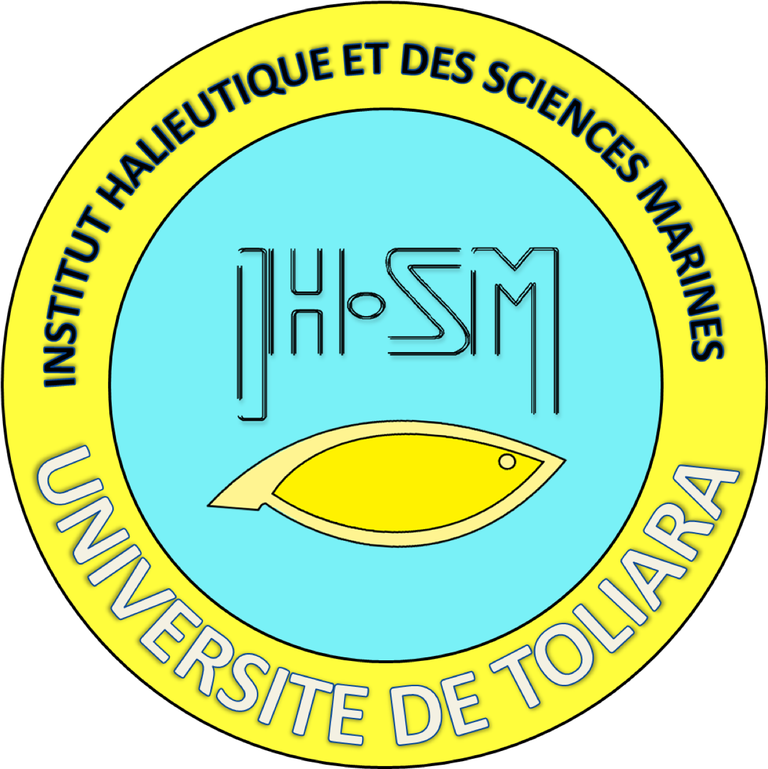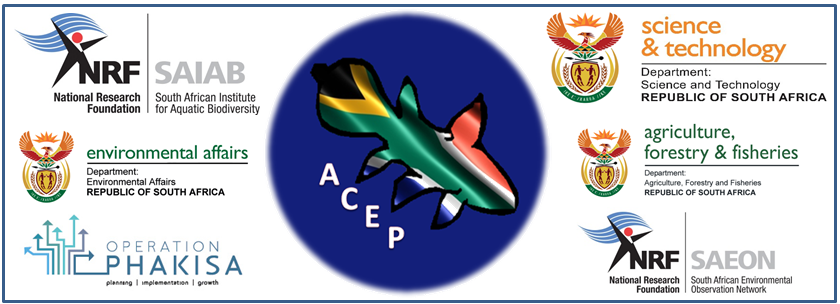SOLSTICE Research Expedition to Study Environmental parameters of the North Kenya Bank
The North Kenya Bank (NKB) fishery is expected to spur economic growth for local communities. If well managed, it could help achieve national development goals, including poverty alleviation and wealth creation. Sustainability requires informed management interventions, but there is only scant information on the ecological status and drivers of the fishery.
The productivity of the NKB is deemed to be driven by the Tana river sediments and nutrients input (both dissolved and particulate). Tana river provides high nutrients that flow over the NKB at the convergence of the East African Coastal and Somali currents resulting in a highly productive environment (Wakwabi et al., 2003).
Research questions
- What is the potential of the North Kenya Bank marine fisheries resource
- What are the Ecosystem processes; identify and understand key ecosystem processes related to productivity/resilience of ecosystems (biogeochemical process), to sustain fisheries productivity and ecosystem health.
- What are the relative impacts of the productivity drivers: upwelling and Tana river input,
- Is Climate variability and change affecting the productivity of the North Kenya Bank
- How to optimize the use of the resources, integrating ecological and socioeconomic aspects, to provide long-term benefits to society.
- Is the North Kenya Bank a depositional sink of the Tana River sediments
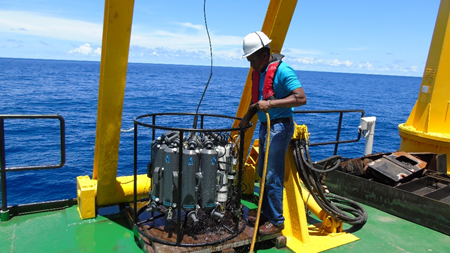
In April 2019, the Kenya Marine and Fisheries Research Institute (KMFRI) conducted a 17-day research expedition in the NKB on board the RV Mtafiti funded from the Kenya Government through KMFRI, the SOLSTICE-WIO to complement the strategic objective of KMFRI, and the Kenya National Oceans and Fisheries Policy (2008) objectives. The aim of the expedition was to study the physical and biogeochemical drivers of the high productivity of the NKB including relative importance of the Tana River input and the shelf break and coastal upwelling. With 18 scientific researchers and engineers, KMFRI performed CTD casts, acquired ADCP cruise readings, conducted bong net tows, sampled phytoplankton and obtain sediment cores using a piston corer.
(Above right: SOLSTICE Kenya Principal Investigator, Dr Joseph Kamau from the Kenya Marine and Fisheries Research Institute, preparing the CTD rosette for deployment during 2019 North Kenya Bank research Expedition onboard RV Mtafiti. Image courtesy of KMFRI)
KMFRI’s Assistant Director Oceanography and Hydrography Dr Joseph Kamau said “the RV Mtafiti expedition is key in assessing economic impacts on Kenya’s fishing communities under climate change and its consequences for its Blue Economy strategy”.
Read full article on KMFRI 2019 NKB research expedition here.
(Below: RV Mtafiti, image courtesy of KMFRI)
